Mercury lamps: types, characteristics + an overview of the best models of mercury-containing lamps
Have you decided to organize a system of saturated, bright and economical lighting on the street or in the yard, having bought mercury lamps for these purposes? Today, in the market of lighting equipment and related components, mercury-containing products are represented by a wide range and at an affordable cost, right?
But you doubt the feasibility of such a solution and do not know which model of the bulb is better to choose? We will help you understand all the intricacies of the purchase and use of mercury lighting devices.
The article discusses the existing varieties of these lamps, their advantages and disadvantages. Attention has been paid to safe operation and proper disposal at the end of their life.
The best manufacturers of mercury modules are listed, offering a good assortment of excellent quality. The material of the article is equipped with photographic samples of mercury-containing devices, as well as videos with an overview of various types of lamps and the nuances of their disposal.
The content of the article:
General description of mercury devices
Mercury-containing discharge lamps are a specific light source in which a gas discharge generates optical radiation in mercury vapor. In the technical nomenclature, this variety is called a discharge lamp (RL).
The presence of toxic substances significantly reduces the attractiveness of products. However, they have not been completely abandoned yet and it is too early to consider mercury devices obsolete.

Classification of lamp apparatus
The primary classification of mercury products depends on the internal filling pressure.
Decoding of the abbreviation:
- RLND - low pressure lamps;
- RLVD - high pressure modules;
- RLSVD - ultrahigh pressure devices.
The first group contains products that have, in steady state, a basic partial pressure of mercury vapor less than 0.01 MPa. In the second, this value is from 0.1 MPa to 1 MPa, and in the third it exceeds 1 MPa.
No. 1 - features of low pressure products
The list of low-pressure mercury products includes linear and compact fluorescent tubesavailable for organizing household lighting systems in residential, office and work spaces.
In shape they can be circular, linear, U-shaped and standard.

Spectral color reproduction is superior to traditional incandescent bulbs. Natural shades prevail in the glow temperature.
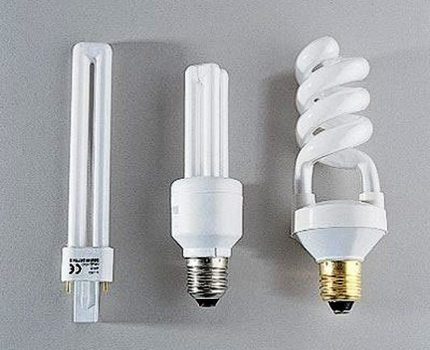
The devices are blamed on the temperature parameters of the environment, the inability to supply direct current and the effect of periodic ripple.
Read more about the device, the advantages and disadvantages of fluorescent lamps, read this article.
No. 2 - differences of high-pressure lamps
The main representative of the class of high-pressure discharge devices are mercury-containing arc bulbs (DRL) general and highly specialized purposes.
The former are mounted in modules for the organization of outdoor lighting systems, and the latter are used in some industrial sectors, medicine and agriculture.
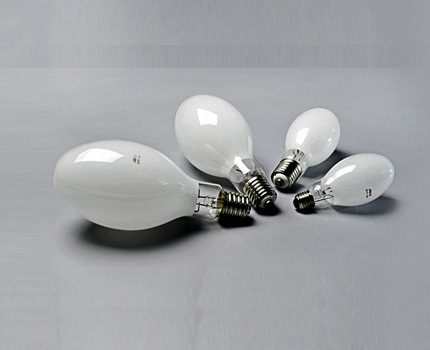
The power of the devices is in the range from 50 to 1000 watts. Lamps are suitable for general lighting of highways, streets, adjoining territories, indoor and outdoor areas, workshops, warehouses and other facilities where people are not required to stay permanently.
The same class includes more progressive mercury-tungsten lamps. They have similar indicators, but differ from simple mercury ones in that mercury-tungsten lamps can correctly connect to the network without a ballast.
This feature provides a tungsten filament. It plays two roles simultaneously: being a glow source of light, at the same time it also serves as an electric current limiter.
Arc metal halide lamps (DRI) also belong to the category of mercury lamps. Their main difference is in special emitting additives, which significantly increase the efficiency of the glow.
To connect metal halide lamps to the electric network, a throttle element must be built into the circuit.

Lamps of this type are relevant for illuminating buildings, historic sites and architectural structures, sports arenas, football fields, shopping, advertising and exhibition halls, both indoor and outdoor.
Metal Halide Mercury Modules with Mirror Layer (DRIZ) in functionality are similar to DRI devices. However, due to the dense layer of the mirror coating, they are capable of producing a saturated ray of light that can be directed to a specific area.
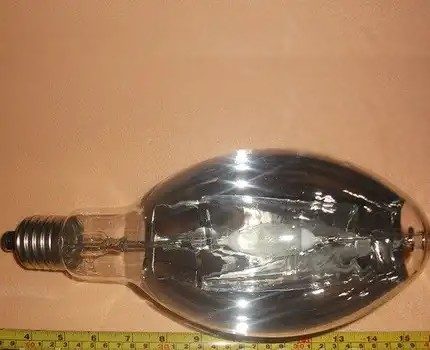
Mercury-quartz tube lamps (DRT) have a flask in the form of an elongated cylinder, where working electrodes are located at the ends. They are used for UV drying, photocopying and other highly technological purposes.
No. 3 - the nuances of ultra-high pressure modules
Mercury-quartz ball devices (DRS) belong to the class of ultrahigh pressure lamps. The specific round shape of the flask allows you to give out intense radiation with a relatively small base power and compact size.
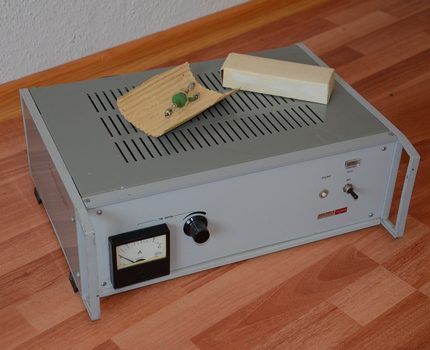
The scope of such units is much narrower. Usually they are used in projection systems and diverse laboratory equipment, for example, in powerful microscopes.
Shades of radiation devices
The mercury product contains a phosphor. Due to its presence, the outgoing light stream has a saturated bright shade, as close as possible to the natural white color.

Mercury fumes concentrated in the inner bulb space can regenerate not only natural white, but also colored lighting, for example, orange, green, purple or blue.
Advantages and disadvantages of mercury lamps
Some experts call mercury light sources technically obsolete and recommend reducing their use not only for domestic but also for industrial purposes.
However, this opinion is somewhat premature and discharge lamps are still too early to write off. After all, there are places where they manifest themselves at the highest level and provide bright, high-quality light with reasonable consumption.
Pluses of gas discharge modules
Mercury-containing light sources have specific positive qualities, which are quite rare in other lamp products.
Among them are such positions as:
- high and effective light output throughout the entire operational period - from 30 to 60 Lm per 1 Watt;
- wide range of capacities on classic types of socles E27 / E40 - from 50 W to 1000 W, depending on the model;
- extended life in the vast temperature range of the environment - up to 12 000-20 000 h;
- good frost resistance and correct operation even at low thermometer readings;
- the ability to use light sources without connecting ballasts - relevant for tungsten-mercury devices;
- compact sizes and good hull strength.
The high-pressure devices demonstrate the maximum return in street lighting systems. They prove to be excellent in highlighting large-sized indoor and outdoor areas.
Cons of mercury-containing products
Like any other technical element, mercury gas-discharge modules have some drawbacks. This list contains only a few items that must be taken into account when organizing the lighting system.
The first minus is a weak color rendering level Ra, on average, not exceeding 45-55 units. For lighting residential premises and offices, this is not enough.
Therefore, in places of high requirements for the spectral composition of the light flux, mercury lamps cannot be mounted.
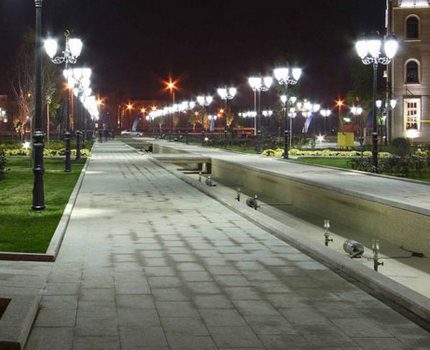
A low threshold of readiness for inclusion also does not add appeal. To enter the full glow mode, the lamp must be warmed up to the desired level.
This usually takes from 2 to 10 minutes.In the framework of a street, workshop, industrial or technical electrical system, this does not matter much, but at home it turns out to be a significant drawback.
If at the moment of operation the heated lamp suddenly turns off due to a voltage drop in the network or due to other circumstances, it is not immediately possible to turn it on. First, the device must cool completely and only then it will turn out to be activated again.
The ability to adjust the brightness of the supplied light for products is missing. For their correct operation, a certain mode of supply of electricians is required. All deviations occurring in it negatively affect the light source and at times reduce its working life.
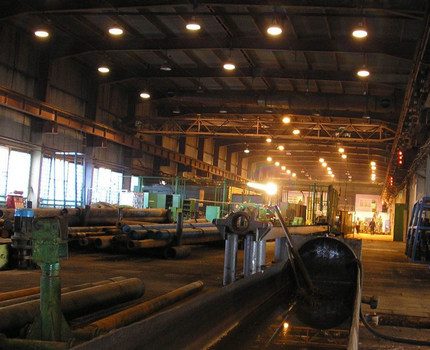
Alternating current acts on gas discharge lighting devices extremely negatively and ultimately leads to flickering with a network frequency of 50 Hz. Eliminate this unpleasant effect using electronic ballasts, and this entails additional material costs.
The assembly and installation of lamps must occur strictly according to the scheme developed by qualified specialists. During installation, it is necessary to use only high-quality heat-resistant components that are resistant to serious operational loads.
In the process of using mercury modules in residential and working premises, it is advisable to close the flask with a special protective glass. At the time of an unexpected lamp explosion or short circuit, this will protect people nearby from injuries, burns and other injuries.
What is the danger to humans?
Violation of the integrity of the flask is a big problem, because mercury, getting into the atmosphere, harms everything around.
A failed product cannot be stored at home and is not suitable for disposal in a regular garbage container.
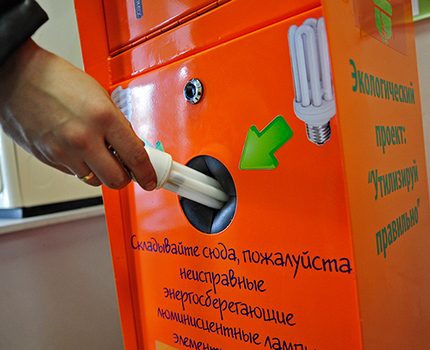
The product is subject to proper disposal in accordance with accepted standards. Only organizations with a special license can do this.
Their duties include the reception of lamps from the public, transportation, their storage in a warehouse equipped with airtight boxes, and subsequent disposal.
The processing process is carried out in such ways as:
- amalgamation;
- demercurization;
- heat treatment;
- high temperature firing;
- technology on vibropneumatics.
The most appropriate disposal option is chosen by the utilizer. All further actions are carried out strictly according to the instructions governing the process.

In early autumn 2014, the Russian Federation signed the international instrument - the Minamata Convention on Mercury. According to the information contained there, from 2020 all mercury-containing products will be banned for production, import and export.
Among light sources, high-pressure vapor-illuminated mercury lamps, in particular, modules marked DRI and DRL, fall under this position.
Overview of the best models on the market
Since bulbs equipped with toxic mercury are mainly used in outdoor lighting systems, indoor industrial and technical rooms, and are rarely used in everyday life, their appearance is not original.
Place # 1 - Osram brand bulbs
Even reputable brands adhere to the classics and do not consider it necessary to give the devices an unusual shape and complex configuration.
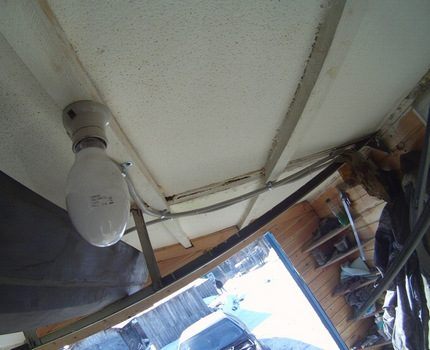
Mercury modules HQL Standartmanufactured in enterprises Osram, reliable and not afraid of intensive operational loads. The power range is very wide and starts at 50 watts, and ends with 1000 watts.
For the correct connection of the lamps and subsequent normal operation, the installation of a ballast is required.
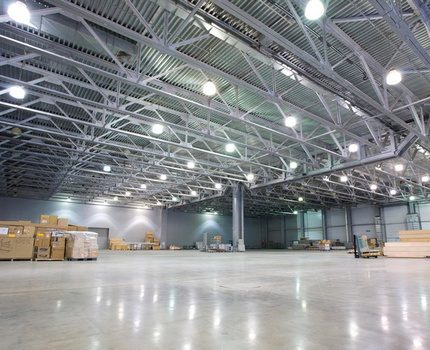
Products are manufactured with a drop-shaped matte flask, equipped with a phosphor coating and E27 / E40 cap. The inner burner is made of durable quartz.
Devices of lower power, up to 125 W, transmit a neutral white glow, and modules from 250 W and above produce a little more natural daylight.
Osram light bulbs made on a mercury-tungsten base surpass the usual gas discharge in all respects. Their service life is much longer, and the scope is wider. The second parameter is due to the improved spectrum of the color glow of the modules.
With a power of 160 W, the products generate light at 3600 K, close to the warm range. A whiter shade of 3800 K gives lamps at 250 watts. And only 500-watt provide a neutral white glow of 4000 K.
Such modules are suitable for creating attractive, bright and effective lighting in park areas, in open spaces and central city alleys, promenades, concert halls and other places of mass, but not permanent residence of people.
Rank # 2 - Philips Product Range
Mercury containing lamps from Philips included in the series HPL-N. They are simple high-pressure discharge modules equipped with 1 or 2 auxiliary electrodes.
For the most part, they are used to equip outdoor lighting of open areas, house territories and other places of a similar plan.
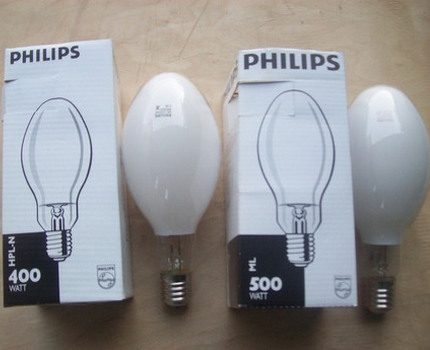
The peculiarity of the products is that they do not lose time on ignition, and immediately from the moment of activation they provide uniform, bright and high-quality lighting of the space.
Teardrop-shaped frosted flask is made in two versions:
- SG - fusible glass with a phosphor coating applied in three layers;
- Hg - refractory glass, sometimes containing a certain amount of quartz - shows increased resistance to record high temperatures.
SG-elements are used for low and medium power lamps, and HG are used in modules from 500 W to 1000 W.
The hue range of light sources is 3900-4200 K. These numbers indicate a neutral shade of light, close to natural. Company warranty is given for 1 year.
AT ML series Includes innovative mercury-tungsten lamps with a phosphor intraluminal coating. Their distinguishing feature is a uniform, saturated and bright stream of light with high-level color reproduction.
Available with E27 / E40 sockets and have a base power of 100, 160, 250 and 500 watts.

The light flow temperature varies between 3400-3700 K. Lamps of this type can be called one of the warmest in their class. They are convenient to use not only for street lighting, but also for large shops, concert halls and shopping centers.
Place # 3 - Delux Brand Offers
Young and promising Ukrainian brand Delux, registered in 2005, quite successfully competes with foreign manufacturers. The main enterprises of the brand are located on industrial sites in China.
High level of manufacturing and impeccable build quality make Delux lamps relevant and in demand.
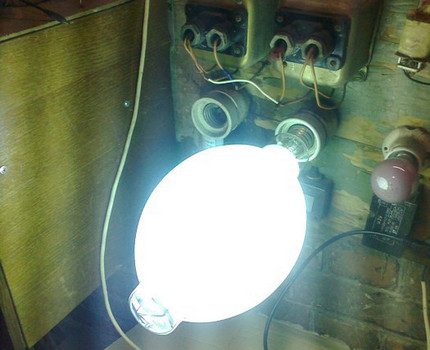
Standard products are presented ruler ggy and are intended for effective external use. The working flask has a slightly elongated teardrop shape.
The metal base E27 is equipped with models with a capacity of 125 watts. The remaining products are equipped with a base element E40. The range of their power is in the range of 250-1000 watts.
A more progressive series of mercury-tungsten devices Gyz includes E27 / E40 modules with operating powers of 160, 250 and 500W.
Products reliably and for a long time serve, throughout the entire time generating a dense and saturated light stream with an optimal level of color reproduction.
Conclusions and useful video on the topic
How does a mercury-type lamp manufactured at the production facilities of the German company Osram look and work. A detailed inspection of the package, a description of the indicated digital symbols and letter abbreviations:
About the mercury modules of the DRL type in all details. A general overview of the product from Philips, the nuances of how to connect to the cartridge and the features of subsequent operation:
The plot of the disposal of mercury lamp products. Why is it important that this process is carried out by professionals and always using special profile equipment:
Mercury-type bulbs are still used quite widely, however, this time is gradually ending. More advanced, economical, aesthetically attractive and safe devices drive them out of the market.
True, not too high cost and long service life still play a role, often forcing buyers to give preference to mercury-containing devices from old memory.
Have experience using and disposing of mercury lamps? Or want to ask questions on the topic? Please comment on the publication and participate in the discussions. The feedback block is located below.

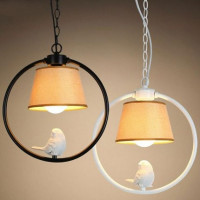 220V LED lamps: characteristics, marking, selection criteria + review of the best brands
220V LED lamps: characteristics, marking, selection criteria + review of the best brands 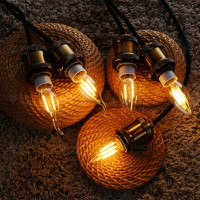 LED lamps with e14 socket: a comparative overview of the best models on the market
LED lamps with e14 socket: a comparative overview of the best models on the market  LED table lamps: types, selection rules + review of the best manufacturers
LED table lamps: types, selection rules + review of the best manufacturers  Philips LED lamp overview: types and characteristics, advantages and disadvantages + consumer reviews
Philips LED lamp overview: types and characteristics, advantages and disadvantages + consumer reviews  Smart lamp: features of use, types, device + overview of the best models of bulbs
Smart lamp: features of use, types, device + overview of the best models of bulbs 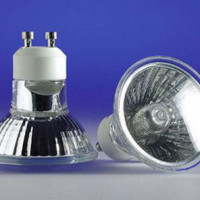 12 Volt Halogen Lamps: Overview, Features + Overview of Leading Manufacturers
12 Volt Halogen Lamps: Overview, Features + Overview of Leading Manufacturers  How much does it cost to connect gas to a private house: the price of organizing gas supply
How much does it cost to connect gas to a private house: the price of organizing gas supply  The best washing machines with dryer: model rating and customer tips
The best washing machines with dryer: model rating and customer tips  What is the color temperature of light and the nuances of choosing the temperature of the lamps to suit your needs
What is the color temperature of light and the nuances of choosing the temperature of the lamps to suit your needs  Replacement of a geyser in an apartment: replacement paperwork + basic norms and requirements
Replacement of a geyser in an apartment: replacement paperwork + basic norms and requirements
In our communal farm, tungsten-mercury lamps are used to illuminate the territory and pedestrian paths. They are powerful, burn brightly, withstand frost and temperature extremes, durable, rarely burn out.
True, for their disposal I had to conclude an agreement with a special organization, and this is an additional cost. Plus, spent lamps must be stored in a separate room before delivery. In general, there are some nuances.
What a nightmare, are these lamps still used? And if it gets damaged while still in the lantern? But there are stupid teenagers who purposefully shoot at lanterns or throw stones at them.Can't they suffer from this mercury? Is it really possible in our time, with all the variety of types of lamps, to choose an equivalent option in terms of technical properties and economy, but a safer option?
You might be surprised, but mercury lamps are pretty popular right now. The same fluorescent lamps are used a lot. It is likely that you have such lamps in the stairwell. Do not be afraid of them. It’s just worth it to take a responsible approach to recycling.